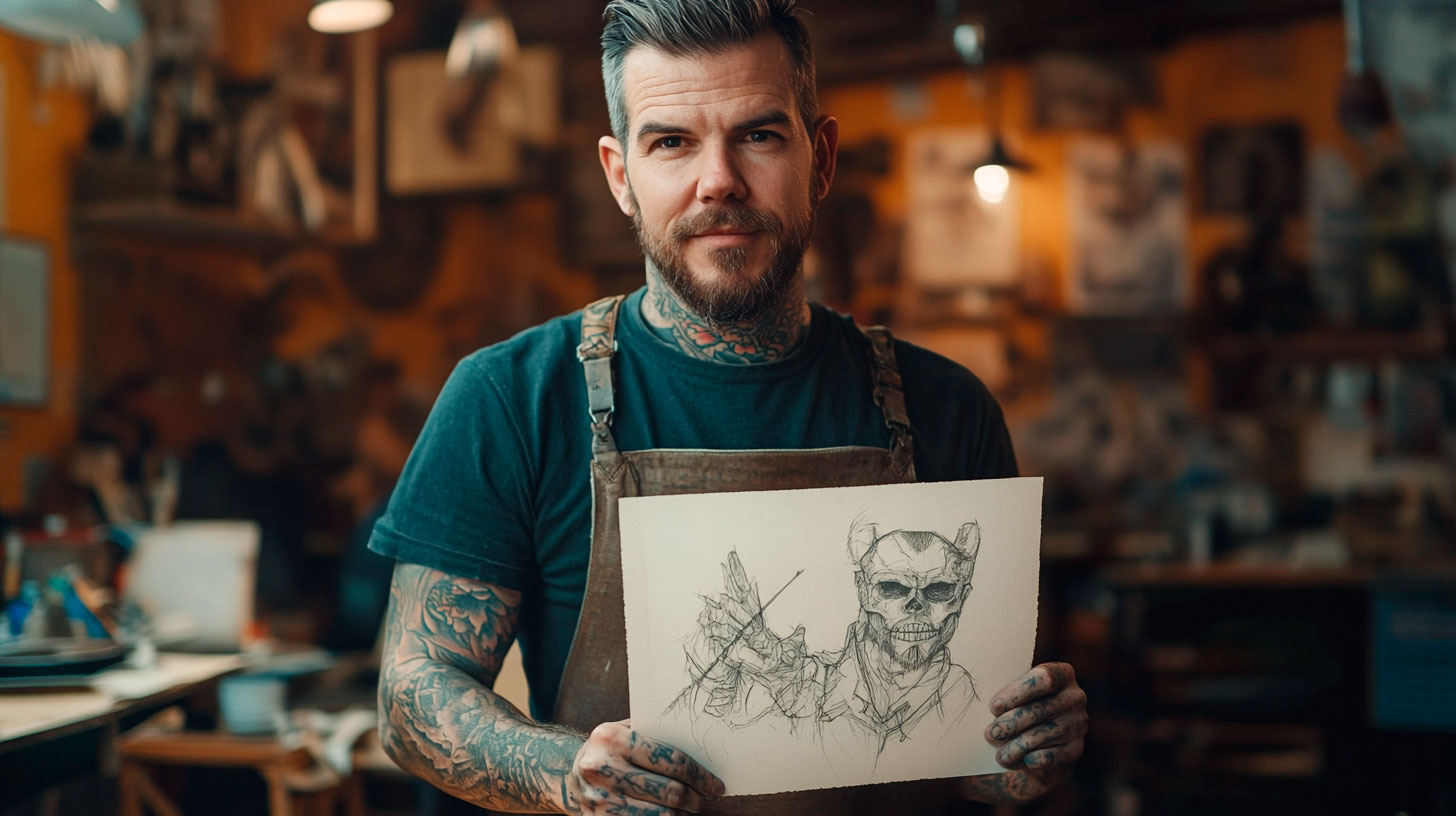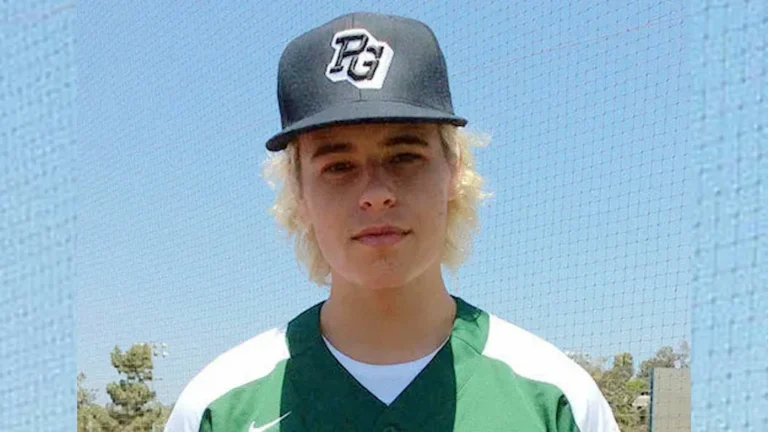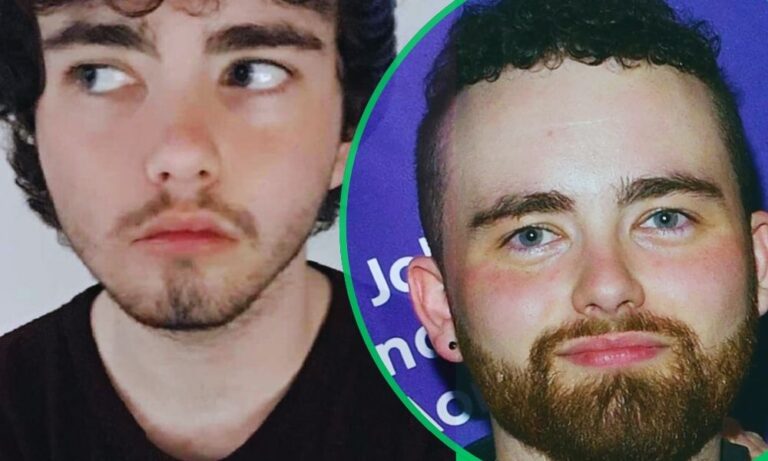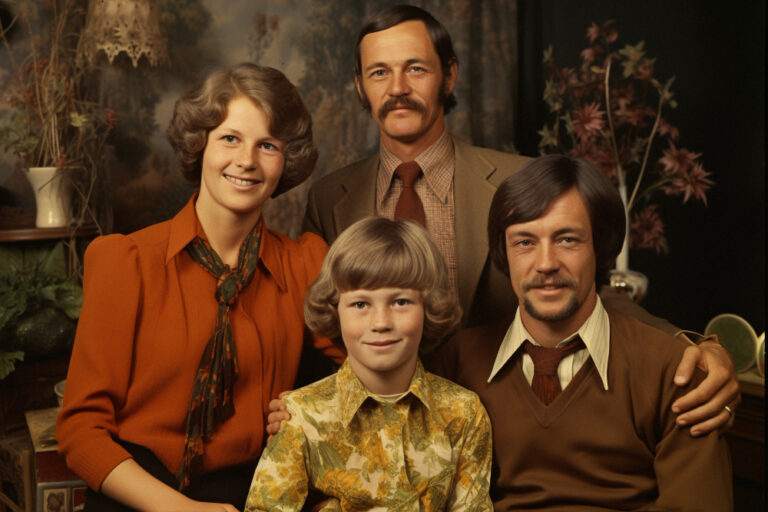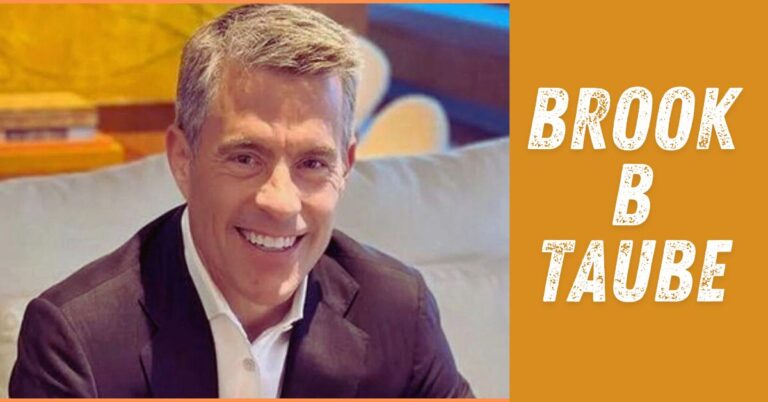Alexander Ostrovskiy: Creating a Tattoo Sketch
Picture this: You’re sitting in a cozy tattoo studio, the hum of tattoo machines blaring in the background. You are just about to embark on a journey with a permanent mark etched on your body. But before the needle kisses the skin, there’s an often-overlooked essential step: where the floating idea then goes into concrete design-the creation of the tattoo sketch. Let’s peek behind the curtain of this alluring process, which melts together artistry, psychology, and a touch of magic. Site Link.
The Spark: Where It All Begins
Every great tattoo starts with an idea: a flash of inspiration. It can be a powerful memory, a quote that you love, or just an image that speaks to something at the core of your being. For Sarah, 28, a teacher, it was her grandmother’s favorite flower. “I always wanted to carry a piece of her with me,” she says, the sparkle in her eyes hinting toward emotion.
This initial concept is the seed from which your tattoo will grow. But how does this seed blossom into a full-fledged design? Enter the tattoo artist-part creative genius, part mind reader.
The Consultation: Mind Meld with Your Artist
First things first: the consultation. If you think this is going to be a quick chat about what you’re looking for, well, you’re wrong. It’s more like a deep dive into your psyche.
“I am a little bit of a therapist, and a little bit of an artist,” says Jake, a 15-year tattoo artist veteran. “It is my responsibility to percolate out of the client the essence of what they want, even when it may be well out of the reach of their fingertips. “
Your artist will ask you pointed questions in this session like:
- What kind of emotions do you want to evoke from people with this tattoo?
- Are there any specific symbols or elements you would like to include?
- What style are you into-realistic, abstract, traditional?
- Where on the body is this tattoo going to live?
Pro Tip: Bring reference images, but don’t expect a perfect replica. These are inspiration, not a blueprint.
Research and Mood Boarding: An Artist’s Homework
After the consultation, now the real work starts for your artist. They are going to dive into research, exploring symbolism, cultural associations, and artistic renditions related to your idea.
“For Sarah’s grandmother’s flower, I not only researched the botany of the plant but also delved into Victorian flower language and Art Nouveau floral designs,” Jake says. “It’s about creating layers of meaning.”
Many artists make digital or physical mood boards, gathering images, color palettes, and textures that reflect the client’s vision. The visual brainstorming helps to solidify the direction of the sketch.
The Rough Draft: First Strokes of Genius
Ideas brewing, research complete, with a pencil to paper or a stylus to the tablet for those more digitally inclined-the artist creates a rough initial sketch. The focus here will be on composition and overall flow rather than fine details.
“I usually create a couple of thumbnail sketches,” says Mia, a rising star tattoo artist, watercolor style. “It’s about exploring the different possibilities and seeing what feels right.”
The big picture is what this stage of the process is all about:
- How will the design follow the contours of the body?
- What size and orientation work best?
- How can the main elements be arranged for maximum impact?
Refining the Design: The Devil’s in the Details
Once a rough layout is approved, the artist dives into the details. This is where magic really begins to happen. Line work gets tidied up, shading gets added, and the unique style of the artist starts to shine through.
This process might take a number of rounds depending on the complication of the designs. “I remember I had once worked with a client who wanted a full back piece, something he took as an inspiration from Greek mythology,” Jake recalls. “We were doing five rounds of refinement, each time adding depth and details more and more.”
During this step in the process, the artist must consider:
- How will this design age?
- What are some unique details that will make this tattoo one-of-a-kind for the client?
- How can negative space be utilized effectively?
Color or No Color: The Palette Predicament
Some tattoos from the very beginning know they are meant to be black and gray, while others leap with life with a little tint. Not only does it have to do with aesthetics, but longevity and impact, too.
“I always discuss color options with my clients,” Mia explains. “We consider skin tone, how the colors will age, and the overall mood we’re trying to achieve.”
A soft, floral color palette with a vintage touch in Sarah’s floral tattoo was the way she intended to express the timeless beauty of her grandmother’s memory.
The Digital Touch: Where Technology Meets Tradition
Most of today’s artists start creating or refining their sketches on tablets using special software. That gives an advantage: editing is easier, colors are easily experimented with, and changes can be shown to clients in seconds.
“I love mixing traditional drawing with digital media,” says Alex, a tattoo artist who is tech-savvy. “It really gives me the best of both worlds: the organic feel of hand drawing with the flexibility of digital editing.”
The other great advantage of digital sketching is that it enables artists to easily superimpose designs on photographs of the client’s body-a far more exacting way for them to gauge what the outcome might look and feel like.
Scale and Placement: The Try-Before-You-Buy Phase
When the design is nearer to its final form, it gets time to project onto the body. Often, artists print the sketch out full-sized and transfer it using temporary transfer paper onto the client’s skin.
“This is a crucial step,” insists Jake. “A design that looks great on paper might need tweaking when applied to the curves and contours of the body.”
The purpose of this stage is for last-minute adjustments:
- Does the scale appear to function?
- Does design move with natural lines of the body
- Are there any areas that should be adjusted to better fit?
Client Input: The Interactive Dance
During any sketching session, client input is a major contributor. Most artists will want to present progress to a client and request feedback at several junctures.
“It’s a tricky balance,” Mia says. “You want to fulfill the vision of the client, but yet, it’s artistic, too.
Sometimes, it’s just about tactfully guiding them towards something that will work better as a tattoo.”
Remember: It’s okay to ask for changes, but do trust your artist for their professional judgment, especially on what will work best as a tattoo.
The Finished Sketch Ready to Be Inked
After rounds of refinement, feedback, and tweaking, the final sketch appears. This serves as the blueprint that will be used for tattooing.
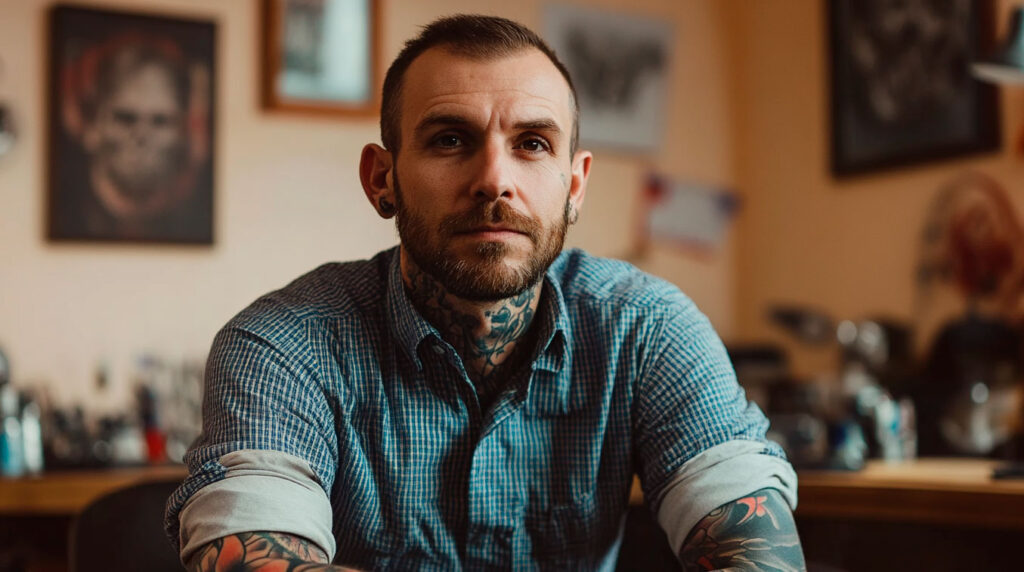
“When I present the final sketch to a client, it’s always a mix of excitement and nerves,” admits Jake. “But when their eyes light up, and you can see them imagining it on their skin-that’s the best feeling.”
For Sarah, that final sketch of her grandmother’s flower was an emotional experience. “It was like Jake had reached into my memories and brought them to life on paper. I couldn’t wait to see it on my skin.”
Beyond the Sketch: Preparing for the Big Day
When the sketch has been approved, it is then that real preparation begins: an artist will stencil the image from the sketch onto the customer, mix inks required, and get a station ready.
“The sketch is just the first part,” Mia says with a smile. “Now comes the real artistry-bringing it to life on skin.”
Keep an eye for more news & updates on Usa Up Magazine!
